Hey all, Danny from TFG Radio here, and today, I am going to try and work through a question that has been in my head for a bit as I’ve played more 9th edition. The Hive Fleets are always on my mind, so I’ve been back on forth on this central question: Do you actually need Hive Guard? Well, let’s find out, and of course, be sure to stay updated on all the goings on over at Frontline’s ever reliable Tactics Corner!
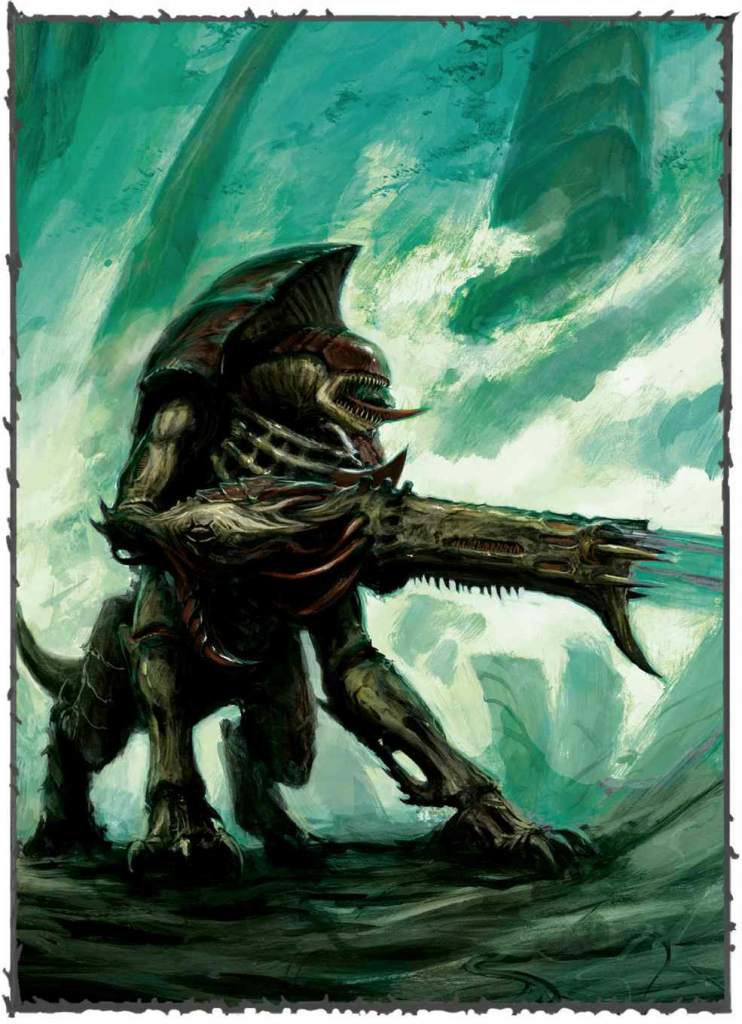
So, in my earliest estimations on 9th, I was super big on Hive Guard because even at 300 points, they are just the most efficient killers that Tyranids have. The combination of defensive buffs, ignoring Line of Sight, and straight mean firepower that threatens just about everything, they really do shine so bright. But as I’ve played more, and as I’ve been watching the slowly developing tournament scene, the more I wonder if they are actually necessary. Let’s check it out.
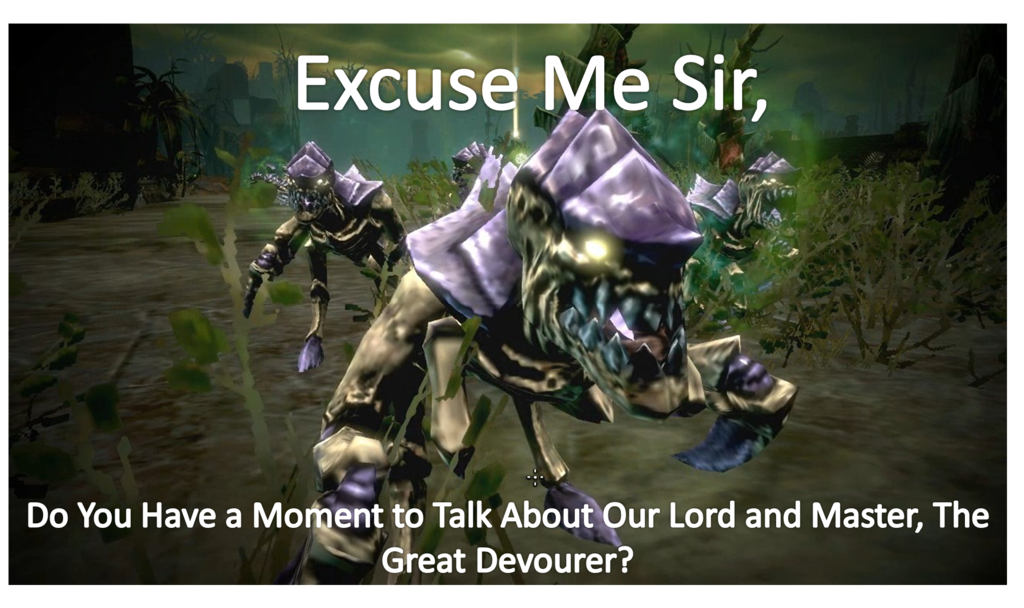
Why yes, of course!
Well, on one claw, you have the fact that Hive Guard are just murder machines. With 12 (really, 24) shots at S8 AP-2 Dd3 ignore cover/ignore LoS on a platform that can easily be BS 3+ reroll 1s and explode on 6s all on a 3W T5 4+ save chassis that has access to ignore AP-1/2, there is just nothing else in Tyranids that is just so outright threatening, and outside of bad dice, very few things live against a double volley of Hive Guard. And killing things is important in this game.
If you want to control objectives, it helps to clear the enemy off, and Hive Guard are great at killing all but chaff, and with Marines being Marines, being able to clear off 2W bodies is essential. If there is a high priority threat, something that can really hurt the rest of your army, Hive Guard can help solve that problem. They even make great Backfield objective campers because they don’t need to advance forward to do damage; they do it from turn 1, and if you can screen them out from nasties, they can do it for 5 full turns.
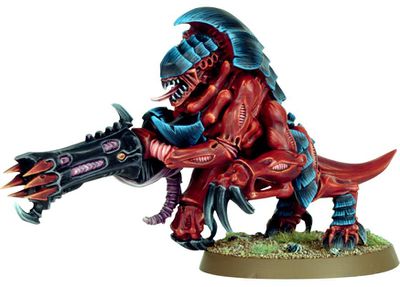
The smaller board size also helps them tremendously as their 36″ range is really takes up most of what you want, and what you want in 9th edition is to control objectives, and in most missions, that means controlling the center of the board. Sure, HG might not be able to reach every corner of the board, but they can get enough, and anything sitting in their crosshairs better worry.
A good example of this is the list that took 3rd at the Red Rock Exerminatus that took the usual Kronos Hive Guard with a Symbiostorm battery and 2 Exocrines. That’s a solid firebase that will chew through a lot of marines since the Exocrines can murder anything in the open while the Hive Guard ensure that Obscuring Terrain isn’t a problem. The list is very much about ranged kill with a lot of MSU scoring units to play the mission.

But, maybe, no, you don’t need them.
The thing that often trips me up here is that the more I play 9th edition, the more it becomes clear that you don’t actually need to kill things to win. With the current mission design, taking and controlling objectives and denying objectives to your opponent is what wins games, and well, you don’t actually have to kill things to accomplish these goals. Tyranids can do horde just about better than anyone else thanks to easily ignoring Morale due to Synapse and a bevy of Obsec units that can layer defenses, and with only 5 turns rather than 6, that’s one less turn your opponent has to chew through a Gaunt-Wall.
Hive Guard are great at killing things, but they are 300 points. That’s 60 Termagants. In a lot of my games that I’ve lost, I didn’t need to kill something every turn; I needed bodies on objectives, and well, I was left feeling like I would have traded my HG for Termagants.
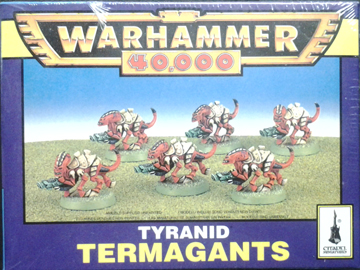
Of course, one could counter and say: well, how do you control objectives if your opponent has bodies there? First, few armies can roll up with 30 Obsec bodies like Tyranids can. Second, you do need kill, but you don’t need to wipe units. Even a few smites to suddenly shift a rival Obsec unit down to less models than the Gants can be the difference, so it is not about wiping units off the table but rather ensuring that you are taking and holding objectives, and that’s where mass is just more important. Plus, Tyranids have a ton of movement tricks where we can easily out position a lot of other horde armies. Whether it’s the Kraken rocket to fling Hormagants up the board, Metabolic Overdrive, or just Gargoyles that move 12 on their own, Tyranids are fast and numerous, perfect for taking the center from Turn 1 and never letting go.
Plus, our defenses are really built around math, namely the law of big numbers. -1 to hit isn’t that great in small doses, but over the course of 5 turns and 150+ bodies, it adds up. A 6++ is not all that reliable, except again over 5 turns and 150+ bodies. Our little bugs get the most mileage out of our defenses, so why spend 300 points on one uber unit when you can get more board control and more survivability by just taking a horde of bugs?
The 3rd place Tyranid list at the Brisbane GT works a lot off this concept with 150+ models and all the kill built into one GSC rocksaw bomb and 4 Broodlord/Patriarchs with Old One Eye, so 5 really killy characters that can be screened by the horde. No Hive Guard at all here, and really, it would weaken the list to have them. This is a really solid approach as while it is not overwhelmingly threatening, it has enough kill to ensure that you are weakening units to maintain numerical superiority, and it has plenty of bodies to soak up damage and sit on objectives all game.
So what do you do?
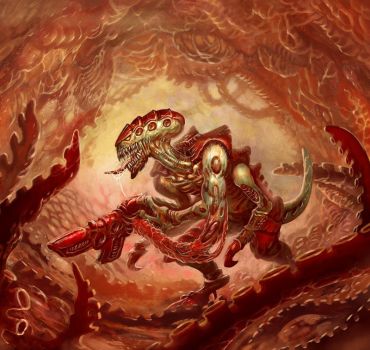
Well, in the end, I think the answer is generally: No, you don’t NEED Hive Guard to win, but if you are building a list that wins by killing models, then yes, you do. So, if you are going to play a Gant-Wall, which my back hates, then you really shouldn’t bother and instead focus on getting as many bodies on the table as possible. If a horde isn’t your style, then Hive Guard are essential for providing that overbearing firepower. If there was a tournament to go to and I was more interested in placing rather than testing or just having laughs, I’d probably go with the horde though.
Thanks as always for reading, and sound off in the comments on your experiences either rocking Hive Guard or not taking them at all. Stay safe out there, get some games in, and collect that biomass.
#mc_embed_signup{background:#fff; clear:left; font:14px Helvetica,Arial,sans-serif; } /* Add your own Mailchimp form style overrides in your site stylesheet or in this style block. We recommend moving this block and the preceding CSS link to the HEAD of your HTML file. */And remember, Frontline Gaming sells gaming products at a discount, every day in their webcart!



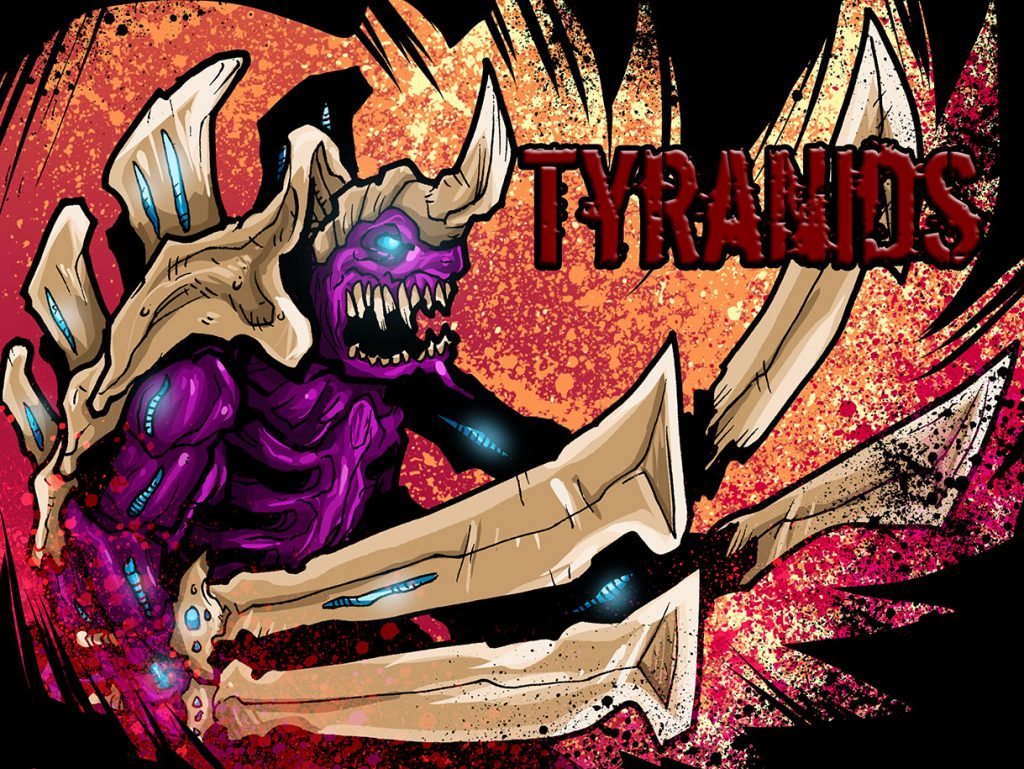
I would say that they’re not an _absolute_ requirement, but they are powerful enough that I think most lists do want them. While killing power isn’t nearly as important in 9E as it was in 8E, you still want to be able to clear an objective or shoot down an enemy unit in the backfield when needed- and Hive Guard do that better and more flexibly than anything else Nids have access to.
Not many players seem interested in the soul crushing experience of moving around ~170 models on a clock while not killing much. So unless you’re one of the rare mass model masochists, yes you will Hive Guard.
I play with a unit of 6 every game and wouldn’t go without them. They’re typically my #1 damage dealing unit.
Many lists give up Bring It Down, and Hive Guard are great at securing those secondary points.
Many a LRBT has been brought down by the dreaded double-shoot.
This is more a question of do you need the Kronos patrol then it being specific to Hive Guard. If you are taking Kronos, then you take a unit of hive guard and 1+ Exocrines. If you aren’t taking Kronos then I don’t see it worth taking hive guard or exocrine in 9th. You will be better off putting those points into zoanthropes, warriors with ignore 1-2 AP and/or hordes.